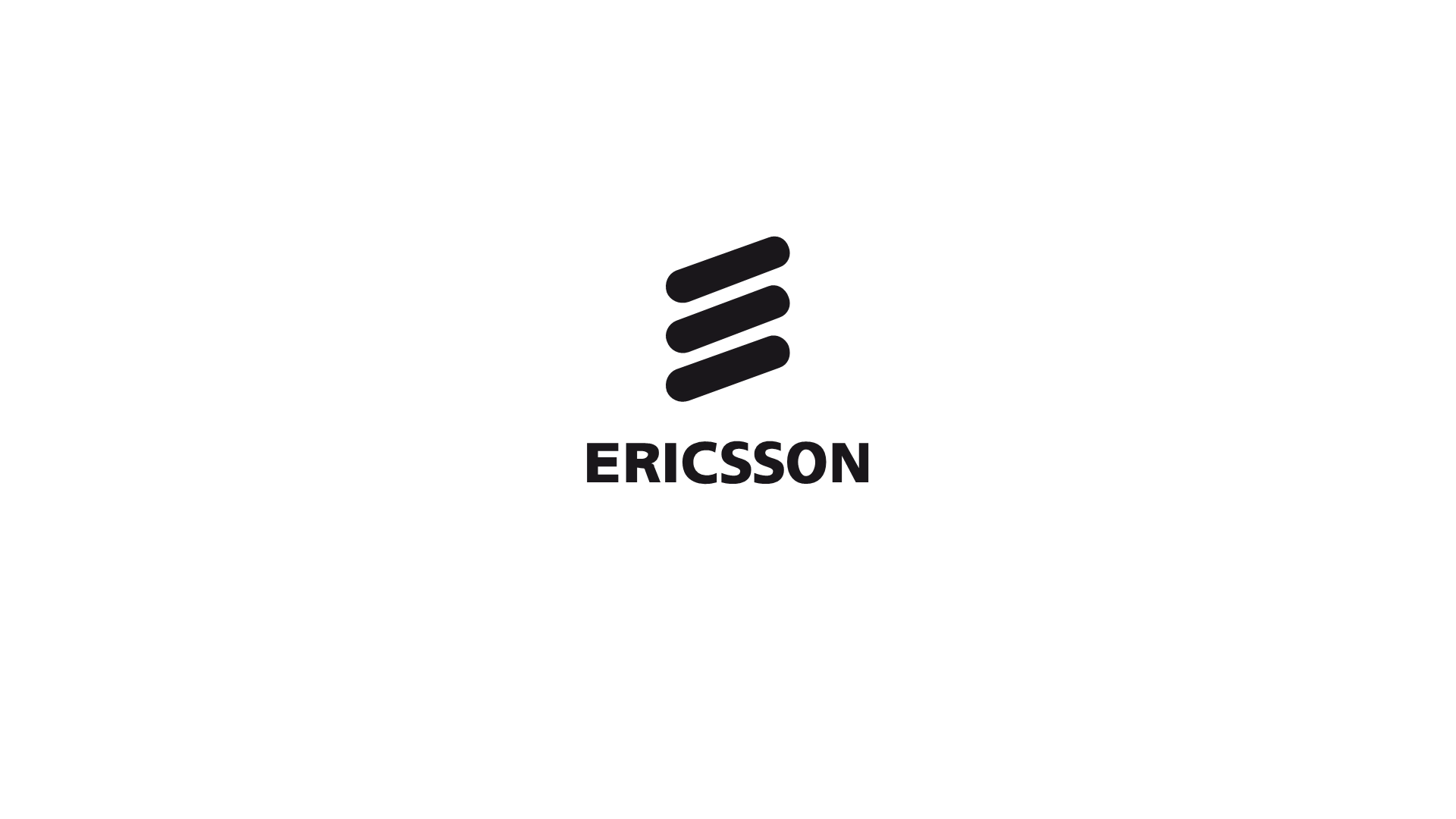Ericsson Mobility Report: 5G driving change in service providers’ FWA strategies

- 5G enabling growing numbers
of FWA service providers to offer speed-based tariff plans
- 5G subscriptions forecast
close to 5.6 billion by the end of 2029
- Mobile data traffic expected
to grow by 20 percent annually through the end of 2029
Fixed
Wireless Access (FWA) continues to grow in strength as a 5G use case for
communications service providers (CSPs) globally with a sharp increase over the
past year in the number of CSPs offering the service. The details, alongside
Ericsson’s latest mobile industry forecasts, regional breakdowns and customer
case studies, feature in the June 2024 Ericsson (NASDAQ: ERIC) Mobility Report.
Of the
CSPs sampled for the Ericsson study (310 globally), 241 offered FWA services as
of April 2024. Of these, 128 - about 53 percent - included a 5G FWA offering.
This is a twelve-point increase on the corresponding period in 2023 - a growth
of 29 percent.
The
speed, data handling and low latency capabilities of 5G FWA also increase the
attractiveness of speed-based FWA tariff plans to CSPs - with downlink and
uplink data parameters - similar to cable or fiber offerings.
This
has helped to drive an almost 50 percent growth in the number of service
providers offering 5G FWA speed-based tariffs in the past year - with 40
percent of all FWA CSPs now doing so. FWA is currently second only to enhanced
Mobile Broadband (eMBB) as a 5G use case.
Fredrik
Jejdling, Executive Vice President and Head of Networks, Ericsson, says: ”The
June 2024 Ericsson Mobility Report shows continued strong uptake of 5G
subscriptions. Enhanced Mobile Broadband and Fixed Wireless Access are the
leading use cases, with signs that 5G capabilities are influencing service
providers’ Fixed Wireless Access offerings. The report also highlights the need
for increased deployment of 5G Standalone technology to fully realize the
potential of 5G.”
About
300 CSPs globally now offer 5G services, of which about 50 have launched 5G
Standalone (5G SA).
On
subscriptions, 5G continues to grow in all regions. About 160 million 5G
subscriptions were added globally in the first three months of 2024 - bringing
the total to more than 1.7 billion. Almost 600 million new subscriptions are
expected in 2024 as a whole.
Researchers
estimate that 5G subscriptions will be close to 5.6 billion by the end of 2029
- with global 5G population coverage beyond mainland China set to double from
40 percent at the end of 2023 to 80 percent by the end of 2029.
5G is
expected to account for about 60 percent of all mobile subscriptions by the end
of 2029.
Regionally,
North America is forecast to have the highest penetration by the end of 2029,
with 90 percent (or 430 million) of subscriptions expected to be 5G.
In
India, 5G subscriptions are expected to grow from 119 million at the end of
2023 (about ten percent of all mobile subscriptions in the country) to about
840 million (65 percent of all subscriptions) by the end of 2029.
On
user experience, statistics from a leading service provider reveal 97 percent
of all user activities on 5G mid-band achieved a time-to-content of less than
1.5 seconds, compared to 67 percent on 5G low-band and 38 percent on 4G (all
bands).
5G
mid-band population coverage outside of mainland China has reached 35 percent.
North America and India have made rapid deployments, topping 85 and 90 percent
mid-band coverage respectively.
Year-on-year
mobile network data traffic has been adjusted downwards by Ericsson Mobility
Report researchers compared to the November 2023 report. This is due to changes
in the underlying data, such as lower numbers reported by regulators and
service providers in populous markets for the second half of 2023.
Mobile
network data traffic grew 25 percent year-on-year between the end of March 2023
and the end of March 2024, driven primarily by subscriber migration to later
generations and data-intense services, such as video.
Mobile
data traffic is forecast to grow with a compound annual growth rate of about 20
percent through the end of 2029. About a quarter of all mobile network data was
handled by 5G by the end of 2023. This is forecast to grow to about 75 percent
by the end of 2029.
The
40-page June 2024 Ericsson Mobility report includes four case study articles:
- How the NorthStar 5G network inspires innovation (with Telia and AstaZero, Sweden. About autonomous vehicle connectivity.)
- Taking 5G connectivity underground (with Rogers, Canada. About 5G subway connectivity in Toronto.)
- Enhancing customer experiences with 5G (with Bharti Airtel, India. About Airtel’s 5G strategic priorities and actions.)
- Building a high-performing programmable network (With AT&T, USA. About AT&T’s programmable network ambitions)
Ericsson
will host an Ericsson Mobility Report webinar at 9.00 (CEST) and at 18.00
(CEST) on Wednesday, June 26. To join please register via this link.
Read
the full June 2024 Ericsson Mobility Report via this link.
Based
on unique Ericsson and partner network insights, the Ericsson Mobility Report
has been the key industry reference for network data, performance, statistics,
and forecasts since its launch in 2011.
NOTES
TO EDITORS:
FOLLOW US:
Subscribe
to Ericsson press releases here
Subscribe to Ericsson blog posts here
https://twitter.com/ericsson
https://www.facebook.com/ericsson
https://www.linkedin.com/company/ericsson
About Ericsson
Ericsson enables communications service
providers and enterprises to capture the full value of connectivity. The
company’s portfolio spans the following business areas: Networks, Cloud
Software and Services, Enterprise Wireless Solutions, Global Communications
Platform, and Technologies and New Businesses. It is designed to help our
customers go digital, increase efficiency and find new revenue streams.
Ericsson’s innovation investments have delivered the benefits of mobility and
mobile broadband to billions of people globally. Ericsson stock is listed on
Nasdaq Stockholm and on Nasdaq New York. http://www.ericsson.com



